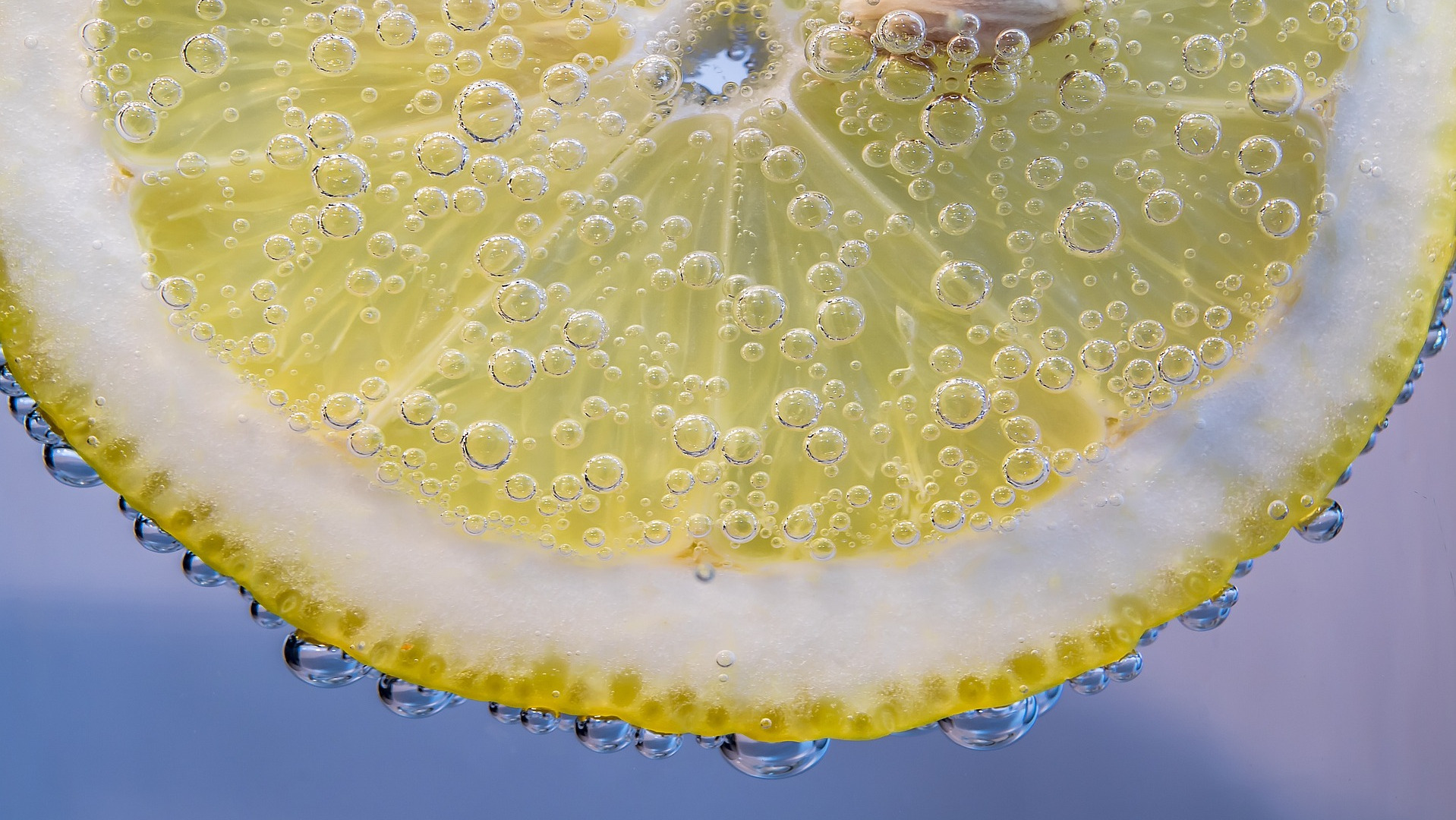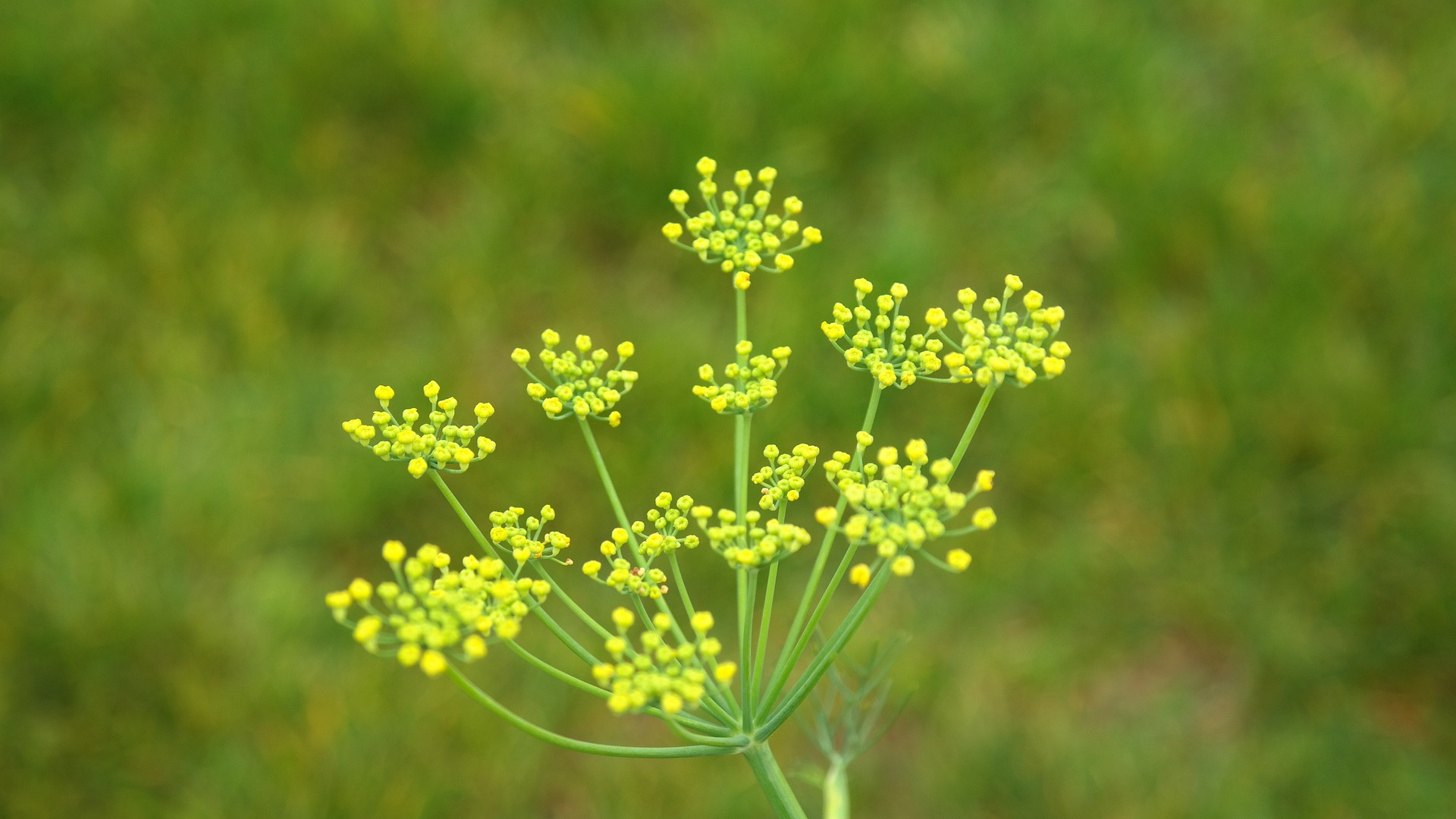Lavender Essential Oil: A Journey Through Scent and History
Lavender Essential Oil reigns supreme among essential oils, not only for its delightful aroma but also for its rich history and many uses. As a personal favorite and a popular choice globally, Lavender oil's charm lies in its ability to calm nerves and transport us to idyllic summer landscapes buzzing with life.
Lavender's journey as a fragrance is as old as civilization itself. Ancient Greeks and Romans revered it for its purifying properties, using it to scent their baths and as an herbal remedy. Lavender was also a part of the mummification process in ancient Egypt. This herb's influence has been significant through the ages.
The Varieties of Lavender Used in Essential Oil
Extracted from the blossoms of Lavandula angustifolia, commonly known as English lavender, this is the classic and most popular version to convey the essence of light, sweet, and floral aroma with intriguing woody undertones. But there's more to lavender than just its English variant. The French lavender, or Lavandula officinalis, is very popular and offers a slightly different olfactory experience.
Exploring further, we find Lavandula latifolia (Spike Lavender) and Lavandula × intermedia (Lavandin), each with unique scents — more herbal and brisk, with notes of camphor and menthol. Particularly interesting is Lavandin, a hybrid between English and Spike Lavender, renowned for its robust scent and high oil yield — a fact that might surprise many!
While visually appealing, Spanish lavender (Lavandula stoechas) is not favored in essential oil production due to its lack of scent. This variety is usually enjoyed in landscaping as honey bees and butterflies enjoy its blossoms en masse.
The Art of Distillation and Extraction- The magic of lavender oil lies in its extraction. Steam distillation of the flowers — not stems or leaves — ensures a pure, high-quality oil. This process has been refined over centuries, yet it retains the essence of traditional methods.
The Benefits of Lavender's Essential Oils Healing Touch
Lavender's versatility extends beyond its scent. The active ingredient, linalool, is a powerhouse for treating various health issues. When used topically, diluted with a carrier oil, lavender is a gentle yet effective remedy for skin irritations. It's also known for its soothing effects on the mind, making it a staple in aromatherapy.
Lavender Essential Oil Therapeutic Properties
Lavender essential oil is celebrated for its enchanting aroma and a broad spectrum of therapeutic properties. Each benefit of lavender oil is rooted in its complex chemical composition, making it a natural remedy for various ailments. Let's explore these properties in more detail:
- Analgesic- Pain Reliever: Lavender oil's analgesic properties are remarkable. It effectively alleviates headaches, muscle aches, and joint pain. Studies have shown that massaging lavender oil, often diluted with carrier oil, onto affected areas can significantly reduce pain intensity, making it a popular choice in aromatherapy for pain management.
- Antibacterial- Kills Bacteria: The antibacterial qualities of lavender oil are potent and diverse. It has been found to combat many bacterial strains, including those resistant to traditional antibiotics. This makes lavender oil an excellent choice for treating minor cuts, wounds, and skin infections, as it helps prevent bacterial growth and speeds up the healing process.
- Antifungal- Destroys Fungal Infections: Lavender oil's antifungal abilities are another feather in its cap. Effective against various fungal strains, it can treat conditions like athlete's foot, ringworm, and other fungal skin infections. When applied topically, it inhibits fungal growth and reduces the associated itching and irritation.
- Anti-inflammatory- Reduces Inflammation and Swelling: The anti-inflammatory effects of lavender oil are significant. This property makes it beneficial in treating conditions like dermatitis, eczema, and psoriasis. Its application can soothe inflamed skin, reduce redness, and relieve discomfort. Moreover, it reduces inflammation associated with joint and muscle pain.
- Antirheumatic-Treats Rheumatic Diseases: Lavender oil's antirheumatic action relieves those suffering from rheumatic conditions. Improving circulation and reducing inflammation can alleviate arthritis symptoms and other rheumatic diseases. Regular massages with diluted lavender oil can help manage pain and improve joint mobility.
- Antispasmodic- Prevents or Relieves Spasms and Cramps: As an antispasmodic, lavender oil effectively reduces muscle spasms and cramps. It's particularly beneficial for those with muscle cramps, spasmodic coughs, or menstrual cramps. Inhalation or topical application can provide quick relief from these uncomfortable symptoms.
- Sedative- Promotes Calm or Induces Sleep: One of the most well-known properties of lavender oil is its sedative and soothing effect. It's widely used to alleviate stress, anxiety, and insomnia—the calming properties of lavender help relax the mind and promote better sleep quality. Adding drops to a diffuser or a pillow can create a serene environment conducive to restful sleep.
The therapeutic benefits of lavender essential oil are vast and varied, making it a valuable addition to any natural remedy collection. From pain relief to promoting relaxation, lavender oil offers a holistic approach to health and wellness. Its multifaceted properties underscore its status as one of aromatherapy's most versatile and cherished essential oils.
Aromatherapy Recipes using Lavender Essential Oil
Lavender is safe, gentle, and non-toxic. Using lavender as a home remedy for many issues can be pretty effective, thanks to its anti-inflammatory, antibacterial, and soothing properties. However, it's important to remember that lavender essential oil is for external use only and should not be ingested.
Essential Oil Precautions
- Allergies: Ensure you're not allergic to lavender.
- Pregnancy and Children: Consult a doctor before using essential oils if you are pregnant, nursing, or considering use for a child.
- Quality: Use high-quality, pure lavender essential oil.
- Ingestion: Do not ingest lavender essential oil unless under the guidance of a health professional.
A Breath of Relief- Lavender for Respiratory Issues
Inhalation of lavender oil, perhaps through a few drops in a humidifier, can be a miracle for respiratory issues. Its ability to clear mucus and ease breathing is a testament to its therapeutic prowess. Here are some methods to use lavender for respiratory relief:
Lavender Steam Inhalation
- Ingredients: Hot water and a few drops of lavender essential oil.
- Method: Fill a bowl with hot water and add a few drops of lavender essential oil. Lean over the bowl, cover your head and the bowl with a towel to trap the steam, and inhale deeply. Be careful not to get too close to the hot water.
- Benefits: The steam helps loosen mucus, while lavender's anti-inflammatory properties can soothe irritated airways.
Lavender Humidifier
- Method: If you have a humidifier, add a few drops of lavender essential oil to the water. The humidifier will disperse the lavender-scented moisture into the air as it operates.
- Benefits: This can help ease breathing, especially at night, and is beneficial for dry coughs.
Lavender Essential Oil Diffuser
Lavender Essential Oil Diffuser helps with respiratory and sleep issues.
- Method: Use a diffuser with lavender essential oil to spread its aroma in your living space.
- Benefits: Regularly inhaling lavender's scent can relieve respiratory issues and improve the overall air quality in your home.
Lavender Massage Oil
Lavender Massage helps with respiratory and sleep issues.
- Ingredients: Mix lavender essential oil with a carrier oil like almond or coconut oil.
- Method: Gently massage this blend onto the chest and back.
- Benefits: This can help ease respiratory discomfort and promote relaxation, particularly before sleep.
Lavender Tea
Lavender Tea helps with respiratory and sleep issues. Note this method uses dried lavender flowers or prepared tea bags, not concentrated essential oil.
- Ingredients: Dried lavender flowers or lavender tea bags.
- Method: Steep the lavender in hot water for 5 to 10 minutes. Strain (if using dried flowers) and drink.
- Benefits: While not directly inhaled, lavender tea can have a soothing effect on the body, including the respiratory system.
Lavender can be an excellent natural remedy to soothe respiratory issues, but it should not replace professional medical advice, especially in the case of severe respiratory conditions.
Sweet Slumber- Lavender for Sleep Problems
Lavender is widely known for its calming and soothing properties, making it an excellent natural remedy to promote better sleep. Here are some practical ways to use lavender at home to improve sleep quality: Also, check out the instructions listed above for Lavender Tea, Massage Oil, and Essential Oil Diffuser for additional remedies for sleep problems.
Lavender Pillow Mist
- Ingredients: Mix water with a few drops of lavender essential oil in a spray bottle.
- Method: Lightly mist your pillow and bed linens with the lavender spray before bedtime.
- Benefits: The subtle scent of lavender as you lie down can help reduce anxiety and induce relaxation.
Lavender Bath
- Ingredients: Add a few drops of lavender essential oil to a warm bath, or use bath salts infused with lavender oil.
- Method: Soak in the lavender-infused bath for 15-20 minutes before bedtime.
- Benefits: A warm bath with lavender can help lower your body temperature afterward, which is conducive to falling asleep, while the lavender aroma helps calm your mind.
Lavender Sachet Under Pillow
- Method: Place a sachet filled with dried lavender flowers under your pillow.
- Benefits: The gentle release of lavender scent throughout the night can promote a deeper and more restful sleep.
These lavender-based remedies can significantly enhance sleep quality naturally. However, they should complement and not replace medical advice or treatment for chronic sleep disorders.
Essential Oil Relaxation and Stress Relief
This excellent combination of lavender and other essential oils makes a remarkably calming blend, helping you wind down after a difficult day. As you rub this on your temples, feel the tension, anxiety, and stress melt away.
- 1 ounce of Sweet Almond Carrier Oil
- 3 drops of Lavender Essential Oil
- 3 drops of Tangerine Essential Oil
- 3 drops of Marjoram Essential Oil
- 1 drop of Chamomile Essential Oil
Blend all oils with the carrier oil, and massage a few drops into your temples as needed. For even more relaxation, have someone else give you the massage!
Lavender Essential Oil Insomnia Blend
Lavender oil is most well-known as a sedative, helping you to sleep. If you have insomnia, try the following blend:
- 2 drops of Jasmine Essential Oil
- 3 drops of Roman Chamomile Essential Oil
- 4 drops of Lavender Essential Oil
- 6 drops of Spikenard Essential Oil
Add oils to a spray bottle and mist in your bedroom before sleep. Put a few drops onto several cotton balls for a longer-lasting scent, and set these near your bed.
Safety and Use with Lavender Essential Oil
Lavender essential oil is very safe and is one of the most popular and widely used oils in aromatherapy. Unlike most other essential oils, lavender can usually be applied neat (undiluted) directly to unbroken skin. However, if you have sensitive skin, or if this is your first time using lavender oil, test your skin using a small amount in an inconspicuous location to check for reactions.
In large quantities, lavender oil is toxic if swallowed, so like most essential oils, it should only be inhaled or used topically (on the skin). Avoid getting lavender in the eyes or nostrils, lips, and other mucus membranes, and never use lavender on an open wound.







